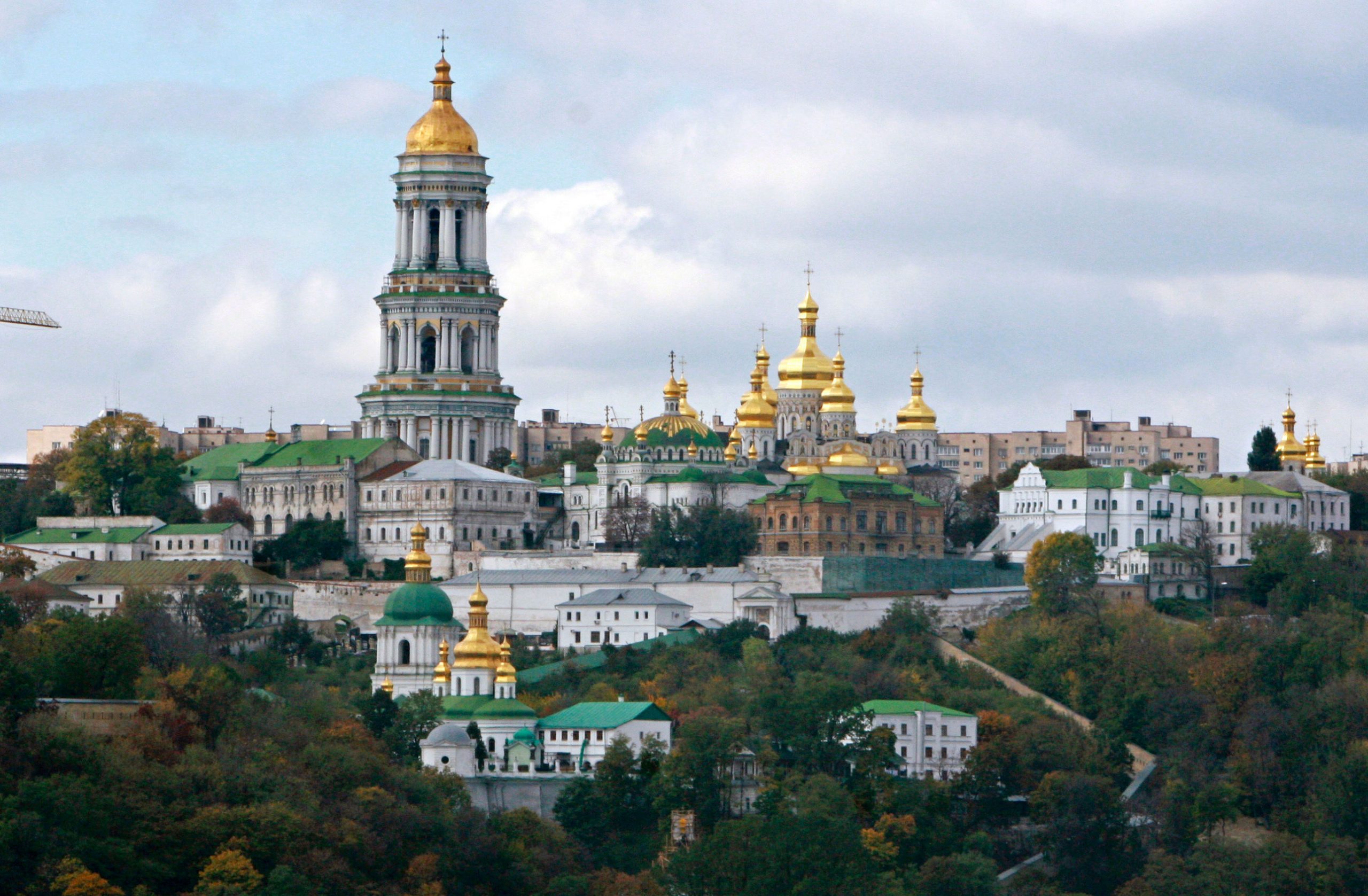Kyiv,
bracing for a potentially catastrophic Russian attack, is the spiritual heart
of Ukraine.
Also Read: World War III can only be nuclear: Russian foreign minister Sergei Lavrov
Among
the sites at risk in the Ukrainian capital are the nation’s most sacred
Orthodox shrines, dating back nearly 1,000 years to the dawn of Christianity in
the region.
The
sites, along with other landmark shrines in Kyiv, are religiously significant
to both Ukrainian Orthodox and Russian Orthodox. They also stand as powerful
symbols in the quarrel over whether the two groups are parts of a single people
— as Russian President Vladimir Putin has claimed — or are distinct but related
Slavic nations.
The
landmarks include the golden-domed St. Sophia’s Cathedral and the Kyiv-Pechersk
Lavra, a sprawling underground and above-ground complex also known as the
Monastery of the Caves. Others include the multi-towered St. Michael’s
Golden-Domed Monastery and St. Andrew’s Church.
Also Read: Formula 1 terminates contract with Russian Grand Prix over Ukraine war
On
Tuesday, Ukrainian officials said Russian forces damaged another monument —
Ukraine’s main Holocaust memorial, Babi Yar — prompting international
condemnation.
“What
will be next if even Babi Yar (is hit)” asked Ukrainian President
Volodymyr Zelenskyy on Wednesday. “What other ‘military’ objects, ‘NATO
bases’ are threatening Russia? St. Sophia’s Cathedral, Lavra, Andrew’s Church?”
There
is no indication the Russians intentionally targeted Babi Yar. Nor is there any
confirmation that the Russians plan to target any of the sacred sites in Kyiv.
But civilian buildings have already been hit in other cities, and Kyiv’s major
shrines sit in elevated locations that could leave them especially vulnerable.
Also Read: British soldier sells PlayStation 5 to fight Russians in Ukraine
Case
in point: The Assumption Cathedral in Kharkiv, Ukraine’s second-largest city,
was damaged in the recent attacks, reportedly with stained-glass windows broken
and other decorations damaged. The cathedral, which is under the
Moscow-affiliated Orthodox church, was Kharkiv’s tallest building until
sometime in the 21st century.
The
risk is even greater in Kyiv.
“We’re
talking about a very old city,” said Jacob Lassin, a postdoctoral research
scholar at the Arizona State University’s Melikian Center for Russian,
Eurasian, and East European Studies. “The center part is densely packed. Even
if you’re trying to hit one thing, you could easily hit something else.”
The
symbolic value of the shrines is powerful even to people who don’t share the
religious faith they commemorate.
“The
idea that the main symbol that stood in your city for 1,000 years could be at
risk or could be destroyed is very frightening,” Lassin said.
The
symbols matter not only to the Ukrainian people but to Putin, too. He justified
the invasion with baseless claims he was countering “neo-Nazism” in Ukraine —
this in a country with a Jewish president.
Also Read: Why is Belarus a key player in the Russia-Ukraine conflict?
Babi
Yar, a ravine in Kyiv, is where more than 33,000 Jews were killed within 48
hours in 1941 when the city was under Nazi occupation. The killing was carried
out by SS troops along with local collaborators. It was one of the largest mass
killings at a single location during World War II, according to the U.S.
Holocaust Memorial Museum.
It
is “at once an accursed and a sacred place,” American Jewish Committee CEO
David Harris said. Just last year, Zelenskyy took part in the inaugural
ceremony of a memorial there.
Also Read: US shuts down Minsk embassy, allows emergency employees to stay in Moscow
Whether
Kyiv’s Orthodox shrines come under direct attack or receive collateral damage,
such an action would be a “total refutation” of another of Putin’s claims — to
be defending Orthodox Ukrainians loyal to Moscow’s patriarch, Lassin said.







